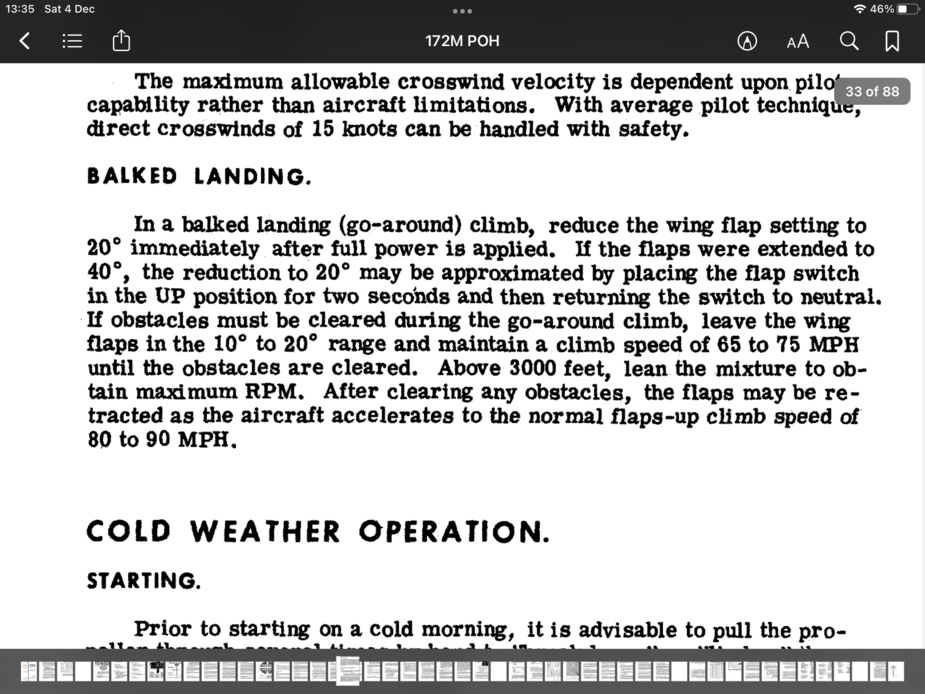That’s very poor movement for an automatic tracking system and someone must have set it up pretty badly. Where did you get that information?
BeechBaby wrote:
When I went solo my instructor sent me for one circuit and then asked me to land and debrief. Not sure actually if there is a norm, but sending him up for a second circuit might just all have been too much? Just a thought..
At the club I learnt to fly, the practice is to do 3 solo circuits when you’re cleared to go solo but before you accelerate to start the second circuit, you are given the all clear from your instructor – in my case “UC, throttle in, away you go”. This video resonates with me because I could easily have ended up in the same manner – not because of the trim, but because I pushed the throttle open and just as the plane reared up, I set the flaps from 30 to 10° – the plane was now mushing along nose high, about 15 feet above the ground. My instructor admitted afterwards that he thought the plane would stall and crash. Fortunately I kept the nose down long enough to gain speed and start climbing away, all’s well that end’s well.
I learnt from that: Touch and Go → flaps then gas.
Steve6443 wrote:
I learnt from that: Touch and Go → flaps then gas.
I still maintain that a T&G is one of the most A game manoeuvres in the book. Especially in a High powered SEP and twin.
The American Bonanza Society recommends against T&G in type training.
Typically solo circuits are carried out initially as full stop landings with a taxi around or back track if ATC allows.
Trim changes on high wing aircraft are more pronounced on a go around, however removing flaps before power is certainly not the flight manual procedure.

Balked landing is not same as T&G. At T&G the aircraft should be in TO configuration before applying the power.
Yes but the crash was a badly managed bounced balked landing
Note that for certification, it must be demonstrated that a full flap balked landing go around must be possible (unless the flaps can be retracted without unusual pilot skill. That actual wording:
(3) The wing flaps in the landing position, except that, if rapid retraction is possible with safety, without loss of altitude, and without sudden changes of angle of attack or exceptional piloting skill, they may be retracted.Quote
As said, that’s a balked landing, not a touch and go. A touch and go should be a normal, properly configured, un rushed takeoff, without stopping from the landing.
All of the types I have flown are capable of a full flap balked landing go around, and retract the flaps once a stable climb is achieved. But keeping the nose down, and building a little speed is critical. This may include nearly no climb for a bit…
Another possibility is that the seat slipped back on its tracks as he opened the throttle. Given the AD that’s intended to prevent this well known Cessna issue it’s a remote possibility, but it matches the chain of events pretty well.
RobertL18C wrote:
The American Bonanza Society recommends against T&G in type training.
I believe this is the case with quality Mooney training as well.
In a powerful complex aircraft, it’s fine to T&G with takeoff flaps & gear down (let’s call that the ideal landing config for IMC & Night), you don’t need to touch anything other than power & stick from +500ft agl to surface to +500ft agl, fiddling with full to clean flaps (then back to takeoff flaps), change trim, gear, mixture, prop…while wheels on the ground in a complex aircraft is probably unhealthy, if the runway is too short, you should probably go and find a long runway 